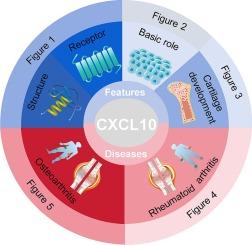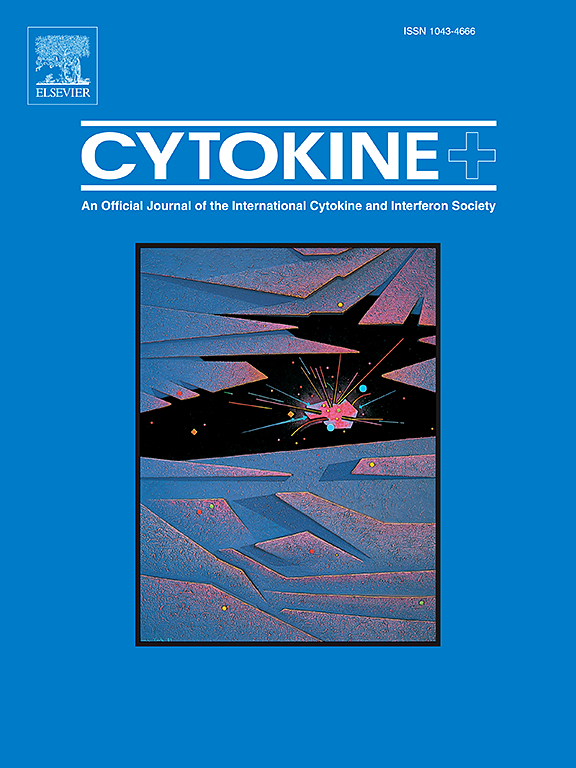The role of CXCL10 in cartilage development and diseases
IF 3.7
3区 医学
Q2 BIOCHEMISTRY & MOLECULAR BIOLOGY
引用次数: 0
Abstract
CXC motif chemokine ligand 10 (CXCL10), also known as interferon γ-induced protein 10 kDa, is a pleiotropic member of the CXC chemokine family and plays a potent role in cellular functions and pathophysiological processes, which include but are not limited to recruitment of immune cells, induction of cellular apoptosis, regulation of cell growth and proliferation, and inhibition of angiogenesis. The CXCL10/CXCR3 axis has been shown to initiate and promote a wide variety of cartilage diseases including rheumatoid arthritis (RA) and osteoarthritis (OA), and thus been considered as a potential biomarker for clinical prediction and monitoring. Moreover, with a strong ability to recruit mesenchymal stem cells to repair cartilage defects in joint lesions, CXCL10 is a promising candidate for cartilage tissue engineering. However, the understanding of CXCL10 on cartilage development, matrix synthesis and degradation, and joint disease progression is still largely limited. In this review, we systematically summarized the biological functions of CXCL10 and updated its latest progress in cartilage physiological and pathological processes, aiming to provide new clues for the treatment of cartilage diseases.

CXCL10在软骨发育和疾病中的作用
CXC基序趋化因子配体10 (CXCL10),也被称为干扰素γ诱导蛋白10kda,是CXC趋化因子家族的多效性成员,在细胞功能和病理生理过程中发挥着重要作用,包括但不限于免疫细胞的募集、细胞凋亡的诱导、细胞生长和增殖的调节以及血管生成的抑制。CXCL10/CXCR3轴已被证明可引发和促进多种软骨疾病,包括类风湿关节炎(RA)和骨关节炎(OA),因此被认为是临床预测和监测的潜在生物标志物。此外,CXCL10具有较强的募集间充质干细胞修复关节病变软骨缺损的能力,是软骨组织工程的理想候选细胞。然而,对CXCL10在软骨发育、基质合成和降解以及关节疾病进展中的作用的了解仍然很大程度上有限。本文系统综述了CXCL10的生物学功能,并介绍了其在软骨生理病理过程中的最新进展,旨在为软骨疾病的治疗提供新的线索。
本文章由计算机程序翻译,如有差异,请以英文原文为准。
求助全文
约1分钟内获得全文
求助全文
来源期刊

Cytokine
医学-免疫学
CiteScore
7.60
自引率
2.60%
发文量
262
审稿时长
48 days
期刊介绍:
The journal Cytokine has an open access mirror journal Cytokine: X, sharing the same aims and scope, editorial team, submission system and rigorous peer review.
* Devoted exclusively to the study of the molecular biology, genetics, biochemistry, immunology, genome-wide association studies, pathobiology, diagnostic and clinical applications of all known interleukins, hematopoietic factors, growth factors, cytotoxins, interferons, new cytokines, and chemokines, Cytokine provides comprehensive coverage of cytokines and their mechanisms of actions, 12 times a year by publishing original high quality refereed scientific papers from prominent investigators in both the academic and industrial sectors.
We will publish 3 major types of manuscripts:
1) Original manuscripts describing research results.
2) Basic and clinical reviews describing cytokine actions and regulation.
3) Short commentaries/perspectives on recently published aspects of cytokines, pathogenesis and clinical results.
 求助内容:
求助内容: 应助结果提醒方式:
应助结果提醒方式:


